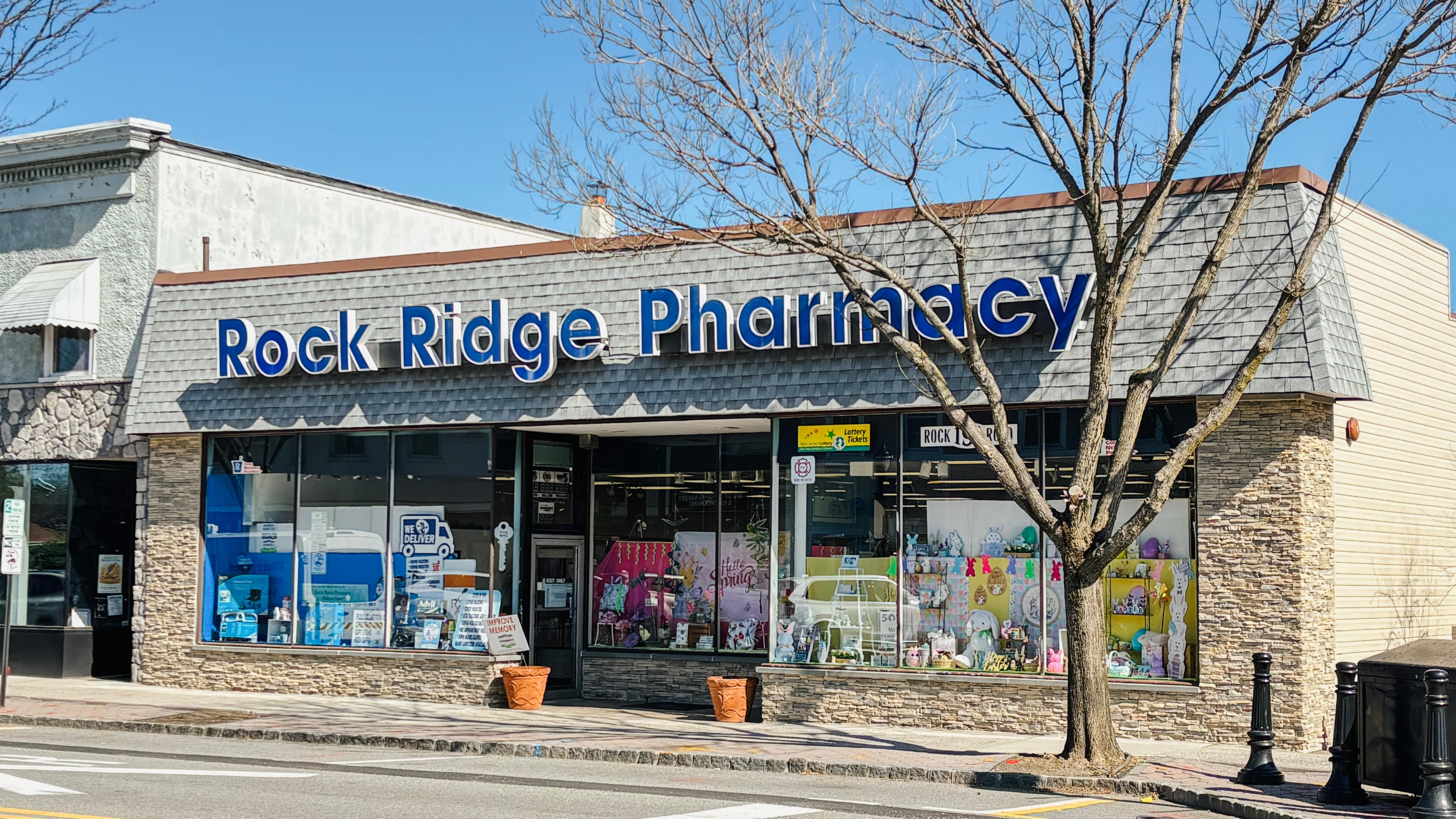The Renaissance of Low-Dose Naltrexone: A Paradigm Shift in Healthcare
Discover how Low-Dose Naltrexone (LDN) is transforming modern medicine — from autoimmune disorders to chronic pain and mental health. This innovative therapy is reshaping how clinicians approach inflammation, immunity, and healing through a low-dose, high-impact approach that redefines the future of personalized care.
Introduction

In the ever-evolving landscape of medicine, certain treatments emerge as true game-changers, challenging conventional wisdom and offering renewed hope to patients across the globe. Low-Dose Naltrexone (LDN) stands as one of these breakthroughs—an unexpected success story born from an old drug repurposed with remarkable precision.
Originally developed to treat opioid and alcohol dependence, LDN has evolved far beyond its initial purpose. Researchers and clinicians now recognize its potential to modulate the immune system, reduce inflammation, and restore physiological balance in chronic conditions. This renaissance of LDN marks a paradigm shift in modern healthcare, reshaping how we think about low-dose therapies and their profound ability to promote healing.
A Brief Overview of Low-Dose Naltrexone (LDN)
Low-Dose Naltrexone (LDN), typically prescribed in doses between 1.5 mg and 4.5 mg, operates on a fundamentally different principle than standard high-dose naltrexone used for addiction treatment. Instead of fully blocking opioid receptors, LDN subtly interacts with them to stimulate endorphin release and promote balance within the body’s immune and nervous systems.
This nuanced mechanism allows LDN to act as an immune modulator and anti-inflammatory agent, reducing harmful immune overactivity while supporting natural defense processes. Such effects have drawn significant attention for their potential applications in autoimmune disorders, chronic pain syndromes, and even neuroinflammatory diseases.
Unlike conventional treatments that suppress symptoms, LDN aims to restore equilibrium—encouraging the body’s own healing processes. This distinctive approach positions LDN as a fascinating therapeutic agent in the modern age of integrative and personalized medicine.
Harnessing LDN’s Potential in Autoimmune Disorders
Autoimmune diseases, where the body’s immune system turns against itself, affect millions worldwide — from rheumatoid arthritis to multiple sclerosis and lupus. LDN offers a promising new frontier for immune regulation and inflammation control.
How LDN Supports Autoimmune Health
- Immune Modulation – LDN rebalances immune responses, helping reduce overactivity linked to autoimmune flare-ups.
- Anti-inflammatory Action – By influencing cytokine production, LDN may lessen inflammation and tissue damage.
- Endorphin Regulation – LDN boosts endorphin levels, which play a role in immune stability and pain perception.
Although research remains in progress, studies and patient experiences highlight LDN’s potential to ease pain, reduce fatigue, and improve function in autoimmune conditions such as lupus, rheumatoid arthritis, and Crohn’s disease.
For patients seeking alternatives to long-term immunosuppressants, Rock Ridge Pharmacy compounds customized Low-Dose Naltrexone capsules under professional guidance. Learn more from current clinical research exploring its use in autoimmune health.
Exploring LDN’s Role in Neurological Health & Pain Management
LDN in Neurological Health
Neurological disorders such as Alzheimer’s disease, multiple sclerosis, and neuropathic pain remain some of the most challenging conditions to treat. LDN’s neuroprotective and anti-inflammatory effects have drawn attention for their potential to modulate microglial activity and support neural balance.
Preliminary research and patient experiences suggest that LDN may help reduce neuroinflammation, improve cognition, and alleviate nerve-related pain, offering a novel adjunctive option for patients with chronic neurological conditions.
The Promise of LDN in Chronic Pain
Chronic pain affects millions and is often managed with opioids or anti-inflammatory drugs—both of which carry limitations and side effects. LDN represents a low-risk, cost-effective alternative that targets the underlying mechanisms of pain rather than merely masking symptoms.
By modulating glial cell activity and reducing inflammatory cytokines, LDN may provide relief for conditions such as fibromyalgia, complex regional pain syndrome (CRPS), and chronic fatigue syndrome. Ongoing studies continue to investigate its potential as part of a holistic pain management strategy.
Custom Low-Dose Naltrexone (LDN) Compounding at Rock Ridge Pharmacy
Personalized formulations designed to support immune balance, chronic pain, and inflammation control

Why Choose Rock Ridge Pharmacy for LDN?
At Rock Ridge Pharmacy, our pharmacists specialize in compounding Low-Dose Naltrexone (LDN) tailored to each patient’s needs. We collaborate with prescribers to ensure optimal dosing, quality ingredients, and personalized formulations in capsule or liquid form for immune modulation, inflammation reduction, and chronic pain management.
Our LDN formulations are prepared fresh on-site with precise quality control. Every compound is crafted for consistency, safety, and patient comfort — ensuring reliable results in your LDN therapy journey.
Compounded in precise low doses (typically 1.5–4.5 mg) as prescribed.
Available in capsules, suspension, or topical forms based on your provider’s protocol.
Conclusion: The Renaissance of Low-Dose Naltrexone
The renaissance of Low-Dose Naltrexone (LDN) represents a paradigm shift in modern healthcare, where innovation meets individualized care. As research unfolds, LDN continues to redefine how we approach chronic conditions — offering a path where treatments are tailored, side effects minimized, and outcomes optimized. Its journey from addiction therapy to a beacon of multi-systemic healing showcases the evolving power of medical discovery.
Frequently Asked Questions (FAQ)
What is Low-Dose Naltrexone (LDN)?
LDN refers to doses of naltrexone typically between 1.5 and 4.5 mg — much lower than standard doses used for addiction treatment. It is believed to help modulate the immune system and reduce inflammation.
Do I need a prescription for LDN?
Yes. LDN requires a prescription and is compounded at specialized pharmacies such as Rock Ridge Pharmacy.
What conditions may benefit from LDN?
LDN is being studied for conditions like fibromyalgia, multiple sclerosis, Crohn’s disease, autoimmune thyroid disorders, and chronic pain. Research is ongoing, and results vary by individual.
How does LDN work in the body?
LDN is thought to temporarily block opioid receptors, leading to an increase in endorphin production and immune modulation, which may reduce inflammation and support the body’s natural healing processes.
Is LDN safe?
When taken as prescribed and monitored by a healthcare provider, LDN is generally considered safe. Mild side effects such as vivid dreams or sleep disturbances may occur initially but often resolve over time.
How long does it take for LDN to work?
Some patients notice improvements within a few weeks, while others may take 1–3 months. Response times depend on the condition being treated and individual biochemistry.
What forms of LDN are available?
LDN can be compounded into capsules, liquids, or topical creams, depending on the patient’s needs and physician recommendations.
Can LDN be taken with other medications?
LDN should not be taken with opioid pain medications. Always consult your provider or pharmacist before combining it with other prescriptions or supplements.
Does insurance cover LDN?
Because LDN is an off-label compounded medication, insurance coverage may vary. Contact Rock Ridge Pharmacy to discuss options and pricing.
Where can I get LDN compounded in New Jersey?
Rock Ridge Pharmacy in Glen Rock, NJ compounds Low-Dose Naltrexone for pickup or statewide delivery.
Interested in Low-Dose Naltrexone (LDN)? We’re Here to Help
Call Rock Ridge Pharmacy at (201) 444-4190 or fax prescriptions to (201) 444-2698. Our pharmacists compound Low-Dose Naltrexone (LDN) with precision and care, offering customized doses and delivery forms to meet each patient’s unique needs.



